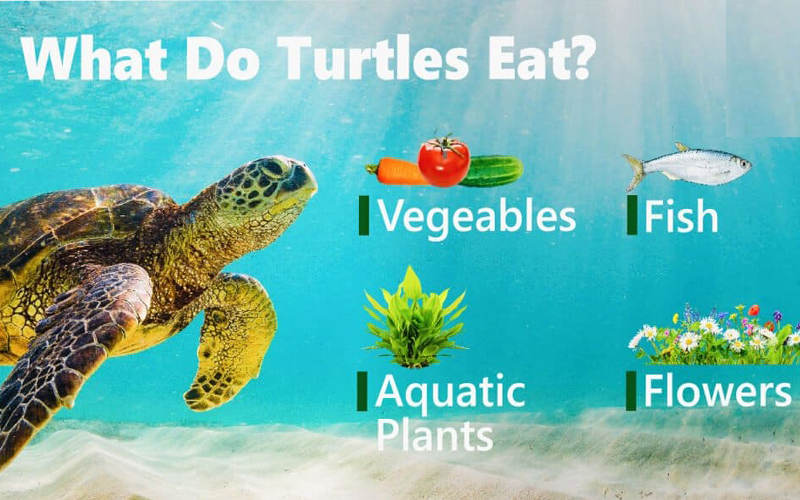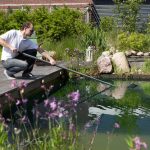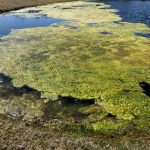Many people are fascinated by pond turtles and often wonder what they eat? Pond turtles are omnivorous, meaning they eat both plant and animal matter. Their diet can vary depending on their species, age, and the availability of food in their environment.
:strip_icc()/how-much-should-i-feed-my-red-eared-slider-1238367-5c59c9c646e0fb00012bb344.png)
Credit: www.thesprucepets.com
Types of Food Pond Turtles Eat
Pond turtles have a diverse diet that includes. So let’s see what can you feed turtles in a pond:
- Plants: Pond turtles consume a variety of aquatic plants such as duckweed, water lilies, and algae. These plants provide essential nutrients and fiber for their digestive system.
- Insects and Worms: Insects, worms, and insect larvae are a significant part of a pond turtle’s diet. They can often be seen hunting for insects near the water’s edge.
- Small Fish: Some pond turtle species are known to consume small fish and tadpoles. They use their sharp beaks to catch and eat these aquatic creatures.
- Snails and Crustaceans: Pond turtles also feed on snails, crayfish, and other small crustaceans found in their habitat.
Feeding Behavior of Pond Turtles
Pond turtles are opportunistic feeders, which means they will consume whatever food is readily available to them. They are often seen basking in the sun on logs or rocks, waiting for prey to come within their reach. When hunting for food, they use their keen sense of smell and vision to locate potential meals.
It’s important to note that the diet of pond turtles can change as they grow and mature. Young turtles may have a predominantly carnivorous diet, while adult turtles tend to consume more plant matter as they age.
How to Feed Pond Turtles in Captivity
For those who keep pond turtles as pets, it’s crucial to provide a well-balanced diet to ensure their health and well-being. When feeding pond turtles in captivity, consider the following:
- Offer a variety of foods, including commercial turtle pellets, leafy greens, and small amounts of protein such as cooked chicken or fish.
- Supplement their diet with calcium and vitamin D3 to support their bone health.
- Monitor their food intake and adjust portion sizes based on their activity level and growth.
- Ensure they have access to clean, fresh water for drinking and swimming.
Frequently Asked Questions
Q: What do pond turtles eat in the wild?
A: In the wild, pond turtles eat a variety of foods including aquatic plants, insects, fish, crustaceans, and occasionally small amphibians.
Q: Can I feed my pond turtles commercial turtle food?
A: Yes, commercial turtle pellets can be a good staple food, as they are formulated to provide balanced nutrition.
Q: What types of live foods can I give to pond turtles?
A: Live foods such as earthworms, crickets, mealworms, and small feeder fish can be given to pond turtles to provide protein and stimulate natural hunting behavior.
Q: Are vegetables good for pond turtles?
A: Yes, vegetables like leafy greens (romaine lettuce, kale, dandelion greens), squash, and carrots can be part of a pond turtle’s diet.
Q: Can I feed my pond turtles fruit?
A: Fruit can be given as an occasional treat, but should not be a major part of their diet due to high sugar content. Suitable fruits include strawberries, blueberries, and melon.
Q: How often should I feed my pond turtles?
A: Young turtles should be fed daily, while adult turtles can be fed every 2-3 days. Adjust the quantity based on their appetite and health.
Q: Do pond turtles need to eat underwater?
A: Yes, many pond turtles prefer to eat in the water, as it helps them swallow food more easily.
Q: What are some signs that my pond turtles are not eating well?
A: Signs include lethargy, weight loss, and leftover food. If you notice these, check the water quality and temperature, and consult a vet if necessary.
Final Words
In conclusion, pond turtles are fascinating creatures with a diverse diet that includes plants, insects, small fish, and other aquatic organisms. Whether in the wild or in captivity, it’s essential to provide them with a balanced and nutritious diet to support their overall health and vitality.





